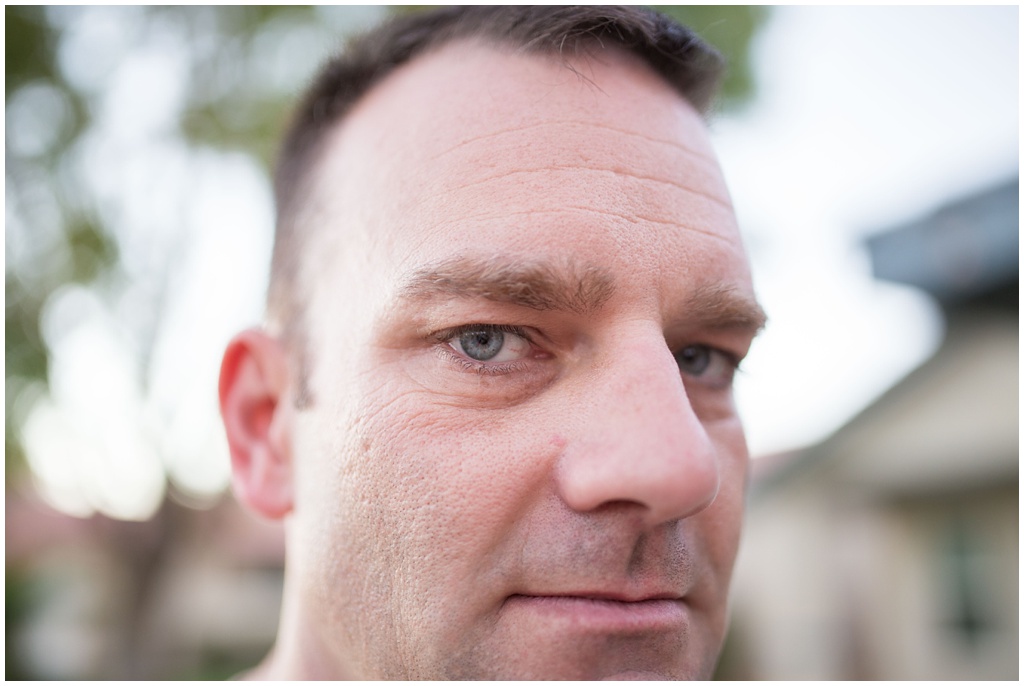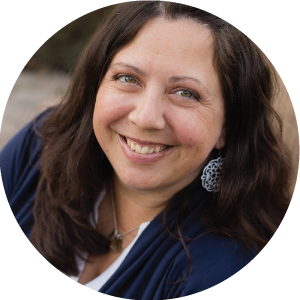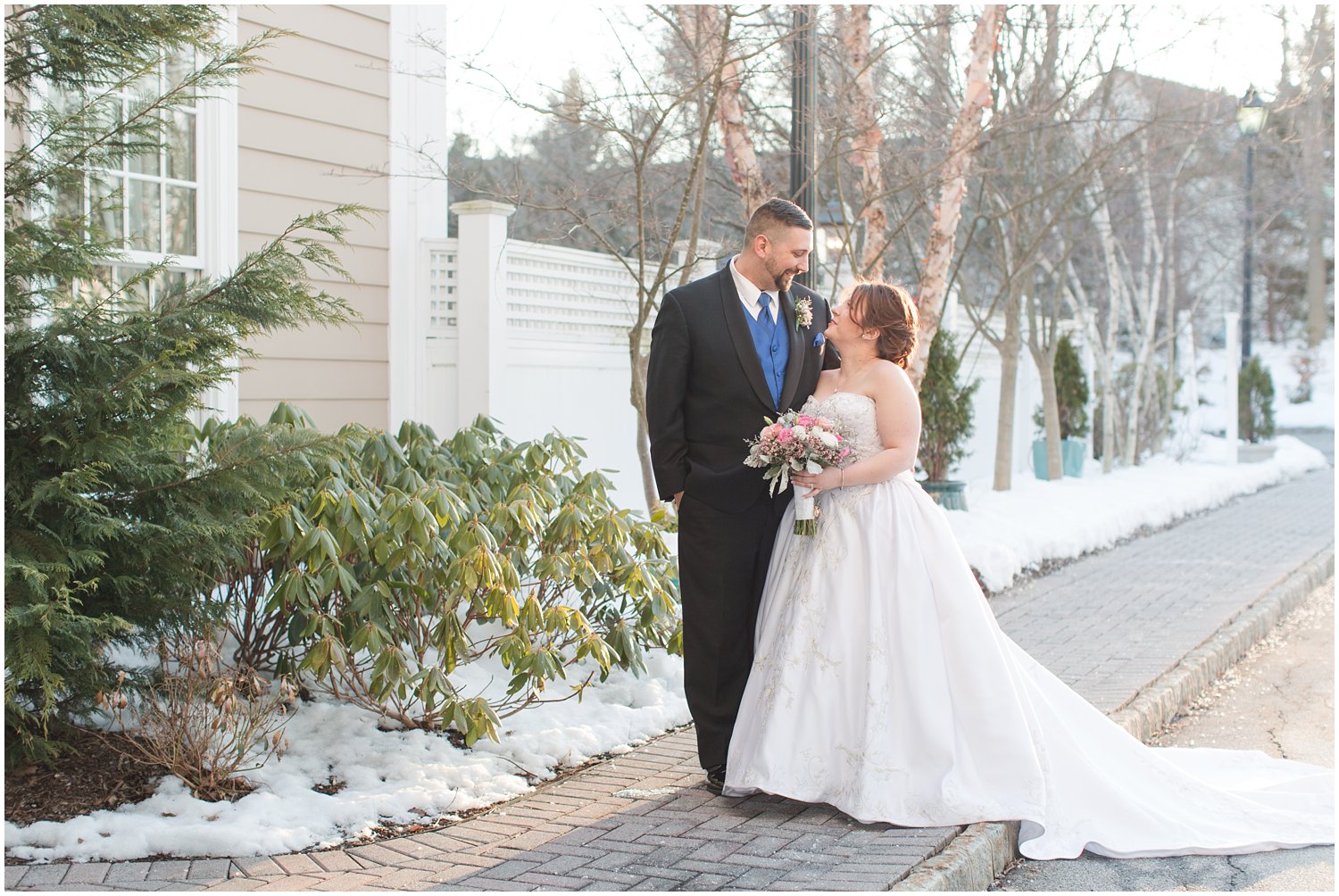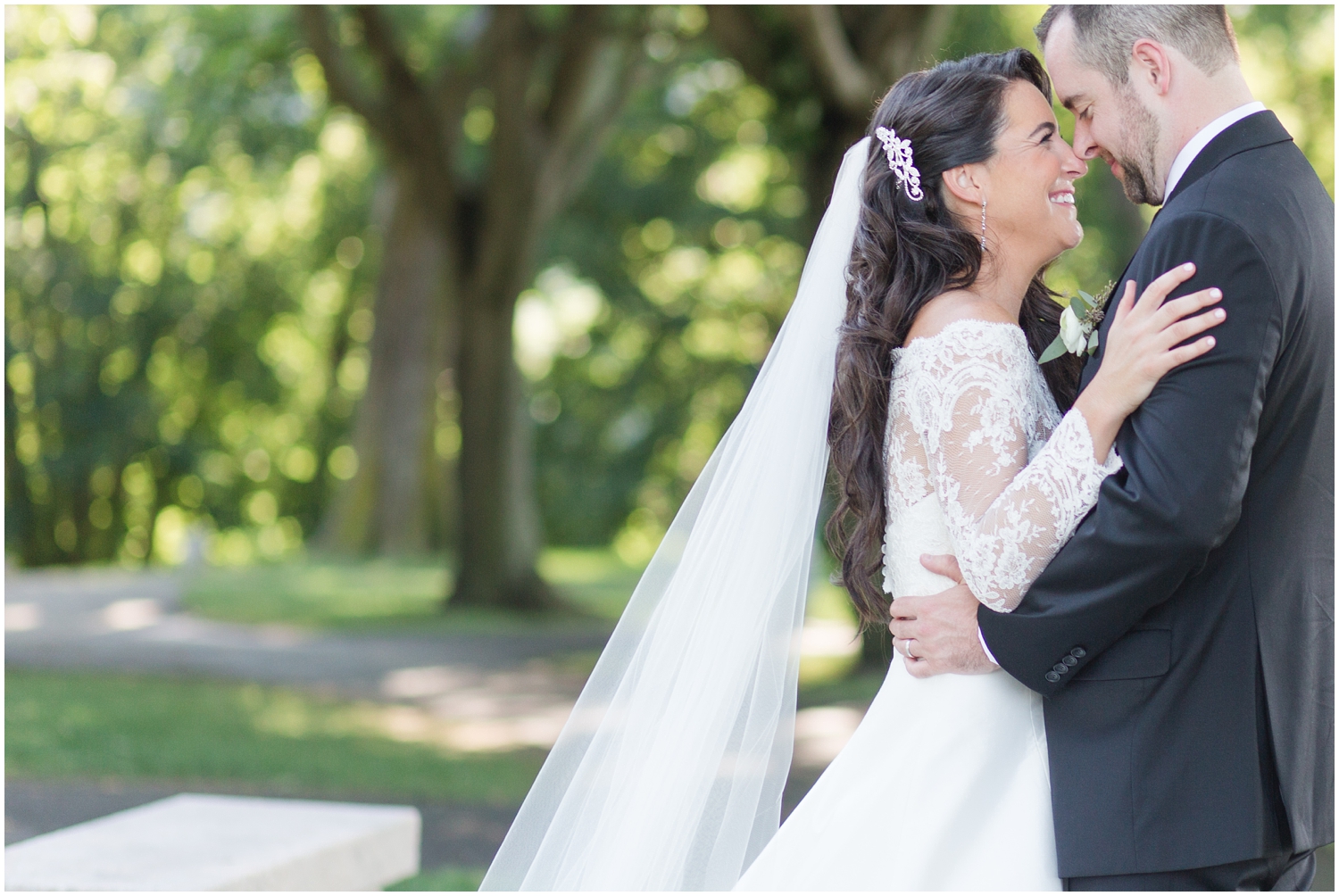CWP Gear | 5d Mark III
/A new friend has joined the party!!
I've had my Canon 6d for two years now. HOW is that possible? Time has just flown by. I LOVE that camera, do not get me wrong or think that since this new baby has been added to the lineup that I love the 6d any less. The 6d is a FANTASTIC camera and in many ways on par with the Markiii. In fact if I wasn't focusing on shooting mainly weddings in the upcoming years, I would likely have just kept with the 6d and enjoyed how well it worked for me.
I mentioned in my post about the 6d the main two differences between that camera body and the Markiii: 1) dual card slots 2) the number of AF points.
In reality, the dual card slots is the #1 reason I decided to go with this camera for shooting weddings. Having a CF and SD card both recording images simultaneously is such a good protection in case something happens and one of the cards fail. In wedding photography I feel its just too much of a risk to take to only shoot on one card.
Now, many people may still shoot only on one card for weddings and that is totally up to them, the risk of something happening is LOW, but its still a risk and it is my prerogative to be as risk averse as possible when something as precious as wedding memories are at stake!
Oh and did I mention I was able to score this bad boy on black Friday? While the price of the camera wasn't discounted, I did score a deal that included a photo printer, paper AND a rebate. Sold!
I've had a chance to play around a bit with it and so far so good. It feels good in my hands. A little heavier than the 6d. The body style is very similar to the 7d and honestly I prefer the body style of the 6d, but it is what it is.
This will be my main camera when shooting weddings and the 6d will be 2nd camera or backup for me. Once Paul starts shooting more regularly with me, we will likely pick up another 6d for him to shoot with.
I'm super excited to finally have another full frame body to add to my gear for weddings! I'm sure I'll be posting some image examples soon!

























































